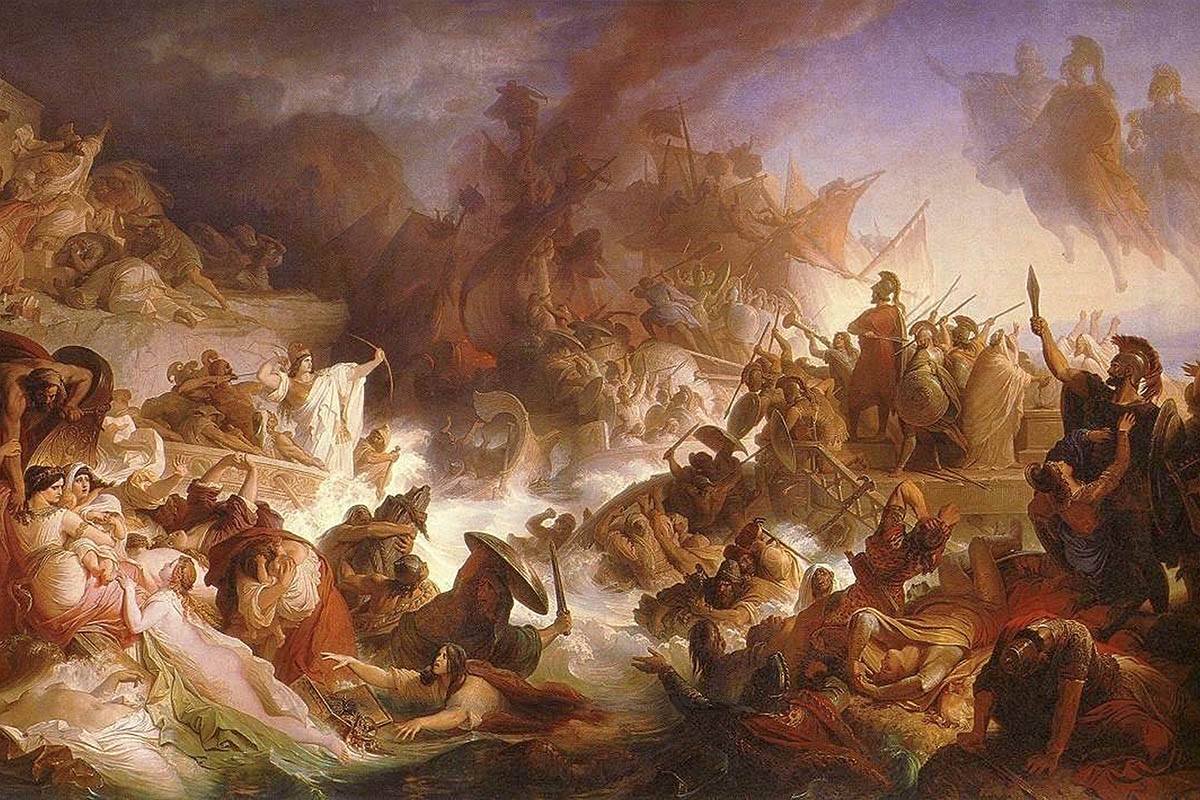Naxos’ importance and influence declined in the Classical age as did for most of the islands.
In the face of the Persian invasion in 499 BC under the command of Aristagoras (from Miletus), ally of Darius I of Persia (Darius the Great) attacked Naxos and set the first spark of the Persian wars that lasted for approximately 50 years. However, the Naxians were informed of the upcoming attack in time to prepare their stance that lead to a 4 month siege by the Persian army. The Siege of Naxos eventually failed since the island was too well prepared and fortified, with plenty of provisions to withstand such a long lasting attack. Herodotus provides some information of the events, the attack and the 8000 strong Naxian army.

The successful stance of the Naxians was the first clear indication that the Persians could, in fact, be defeated and opened the path for the victory of the Greeks against the Persian Empire.
In the subsequent naval battle of Salamis led by Temistokles of Athens, the Naxians absconded from the Persians and with whatever resources they had, fought on the side of the Athenians. The battle was won by the Athenians and the Persian fleet was destroyed forcing the retreat of the Persians. Eventually a power struggle in the form of the Peloponnesian war (431–404 BC) which lasted 27 years followed during which, the two great powers of the day, Athens and Sparta, clashed over control of Naxos. Athens finally lost the war and Sparta became the dominant power. The end of that war however signified the end of the Golden era of Greece and the rise of Rome.
Take a quick tour on Naxos island and discover its most impressive features. You may start with the following:
What's new (or old) on Naxos, from our blog articles.